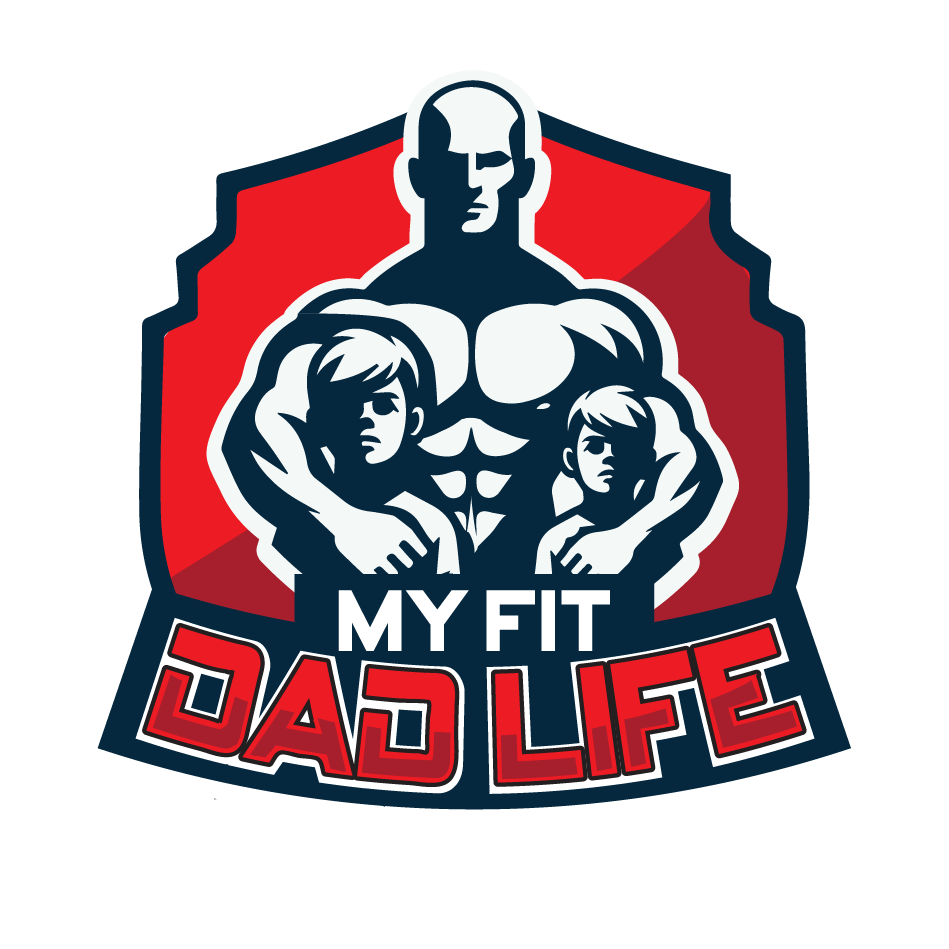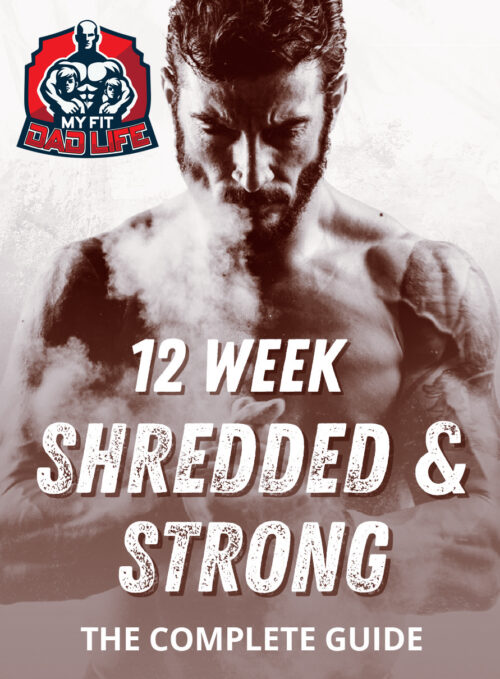At 43 years old, I’m still holding down the crease, facing up to 40-60 shots a game as a rec league goalie (I play Old Timer’s too). It’s no easy feat to keep up with the young bucks in our league, and the only reason I can even try to keep pace is because I put in the work in the gym. Training consistently keeps my body and reflexes sharp, and it’s what lets me stay competitive-ish, injury-free, and resilient, game after game.
Whether you’re playing in a competitive rec league, a fun beer league, or lacing up for old-timer’s, hockey is a demanding sport that requires agility, strength, endurance, and flexibility. While the game might be more casual in these leagues, the physical demands are still significant. And if you want to keep playing for years to come, training in the gym is essential for longevity on the ice.
Here’s a few things that I feel are crucial to keeping up with the game and enjoying it safely, for a long time.
1. Enhanced Strength and Performance for Every Shift
For NHL, beer league, and old-timer’s players alike, strength training builds the power you need for explosive starts and stops, faster skating, and stronger shots. Focusing on exercises that strengthen the legs, core, and upper body helps generate the muscle power you need to accelerate, change direction, and make solid plays with your twig. Even as we get older, weight training can increase muscle density, which not only boosts your performance on the ice but also helps counteract age-related muscle loss and injury.
HIIT and circuit training add an extra layer of conditioning that translates directly to hockey. These workouts involve short bursts of intense activity, mimicking the shifts in hockey, where you go hard for 30 to 60 seconds, then rest before the next play. By training in this style, you’ll improve your speed, endurance, and ability to sustain energy over time, helping you keep up with younger players and enjoy every shift at full capacity.
2. Injury Prevention for Long-Term Play
Common hockey injuries—knee sprains, shoulder strains, back issues—can become more frequent as we age. Strength training builds stability around the joints, reducing risk. Mobility work keeps the body flexible, reducing stiffness and helping with sudden movements. Together, they’re essential for keeping us on the ice rather than benched.
HIIT and circuit training boost cardiovascular health, conditioning us to handle high-intensity shifts and reducing the likelihood of overexertion injuries.
3. Faster Recovery Between Games
For older players, recovery can be the hardest part. Weight training and mobility work speed up recovery by improving circulation and muscular endurance. HIIT improves conditioning, helping us bounce back faster and avoid fatigue.
4. Building Confidence and Consistency to Keep You in the Game
With a regular routine of weight training, mobility work, and HIIT, you’ll be on the ice with a renewed confidence, knowing you’ve built strength, stability, and endurance. Staying consistent in the gym translates to longevity on the ice, so you can keep skating well into your 40s, 50s, and beyond.
Getting Started: Simple Tips for Beer League and Old-Timer’s Players
Incorporating these elements doesn’t have to be complicated. Here are some practical steps to start building a well-rounded fitness routine:
- Prioritize Functional Strength: Compound exercises like squats, deadlifts, lunges, and rows are ideal for hockey players because they engage multiple muscle groups and improve functional strength that directly translates to on-ice performance. You don’t need to lift heavy or try and find your “1-rep max”, you just need to lift!
- Focus on Core Stability: Core exercises, like active planks, Russian twists, and bird dogs, enhance balance and control, which are critical for staying agile on the ice.
- Incorporate HIIT or Circuit Workouts: Include exercises like bodyweight movements, sprints on the rower or bike, battle ropes, plyometrics, and kettlebell swings for high-intensity conditioning. These movements simulate the stop-and-go nature of hockey, helping to improve stamina and recovery.
- Add Mobility Work: Spend 10-15 minutes on dynamic stretching, foam rolling, and hip openers. Regular mobility work reduces stiffness and enhances flexibility, keeping you injury-free.
- Train Consistently: Aim for 2-4 sessions per week that combine strength, conditioning, and mobility. If you’re tight on time, short but intense HIIT sessions can be an efficient way to maintain your conditioning. Personally I like 3 strength days a week with 2 HIIT days a week.
For beer league and old-timer’s hockey players alike, weight training, mobility work, and HIIT are essential components of staying competitive, preventing injury, and maximizing your longevity on the ice. A well-rounded fitness routine will improve your strength, flexibility, and endurance, helping you keep up with the demands of hockey. Training in the gym isn’t just about improving your game today—it’s an investment in your ability to keep playing, enjoying, and excelling at the game you love for years to come. So put in the work, stay consistent, and get ready to make every season your best yet!
If you’re looking to get your butt in the gym and don’t know where to start, check out my online programs or reach out directly to me and let’s see what we can do together!






